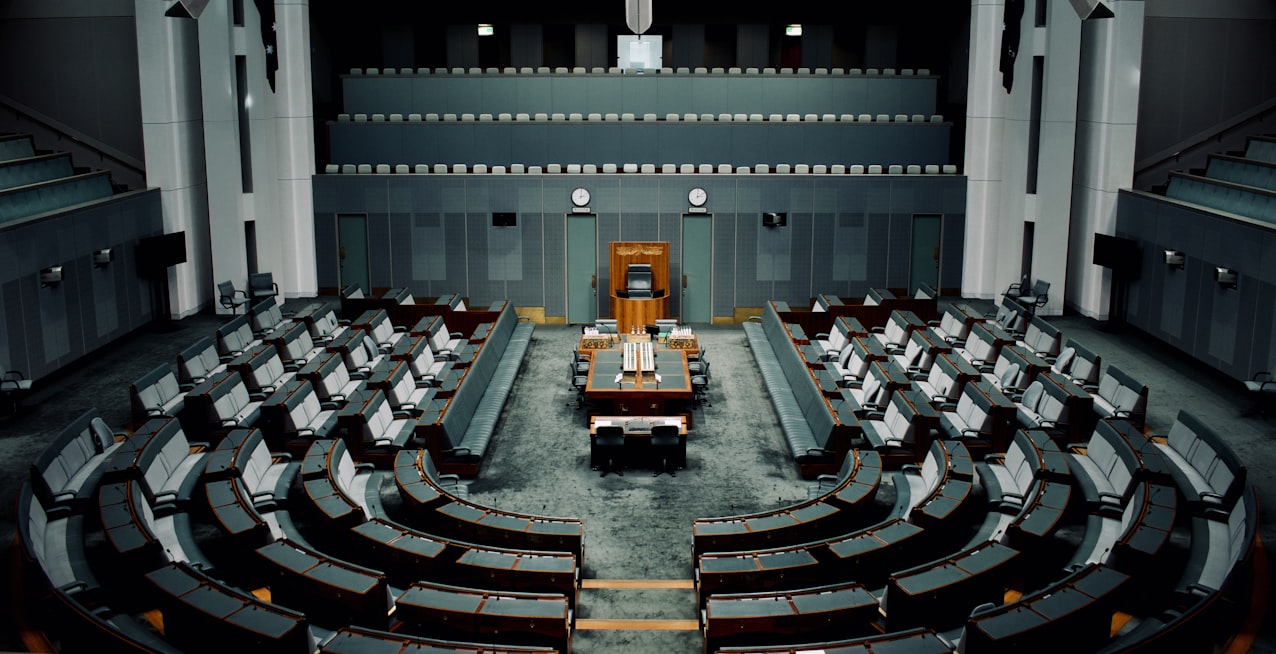The percentage of people who can’t afford to visit a GP in the Central West region has increased over 206% over the past four years, according to damning new research.
The report titled Access Denied: Australians Locked Out of Quality Healthcare, was commissioned by peak social services body NCOSS and conducted by the University of Canberra.
NCOSS chief executive Cara Varian said the report found that patient experiences with vital health services including GPs, specialists and dentists in NSW had gone backwards since its 2020 report and that regional areas were more heavily impacted than metropolitan areas.
“This report illustrates that the health system is broken,” Ms Varian said.
“When people can’t afford the most fundamental medical care it leads to bad health outcomes and puts pressure on hospitals,” she said.
“These statistics are particularly alarming in regional areas and are a wake-up call for the NSW and Commonwealth Governments to improve affordability and out-of-pocket costs for all Australians.”
The key statistics for the Central West region include:
- The number of people who delayed or avoided visiting a specialist due to cost increased over 350% since 2020. This was the second highest increase across all NSW regions
- Almost one third wait longer than acceptable to see a specialist
- Delays/avoiding GP visits due to cost tripled since 2020
- More than a quarter delay/avoid dentist visits due to cost
- More than one in five (21%) visit EDs due to their GP being unavailable
“This report shows that people in regional NSW are copping the brunt of a stretched health system and that financial pressures have put healthcare out of reach for too many people,” Ms Varian said.
“Whether it’s visiting your doctor or your dentist, we need to make healthcare more accessible for people outside of metropolitan areas.”
NCOSS’s research reveals that NSW and Commonwealth Governments should take the following steps:
- Improve affordability and reduce out-of-pocket costs, particularly for vulnerable populations
- Enhance healthcare access and availability in regional areas
- Provide targeted support to groups experiencing the most significant declines in healthcare experiences
- Address the growing pressure on health services, including wait times and time spent with patients
The report draws on the 2023 patient experience survey (PES) component of the Australian Bureau of Statistics (ABS) Multipurpose Household Survey (MPHS) and original data estimations produced by the University of Canberra for NCOSS.
NCOSS has developed an Online Mapping Tool which provides a geographic breakdown of the report data by SA2 level. To use the Online Mapping Tool and to read the report, click .








